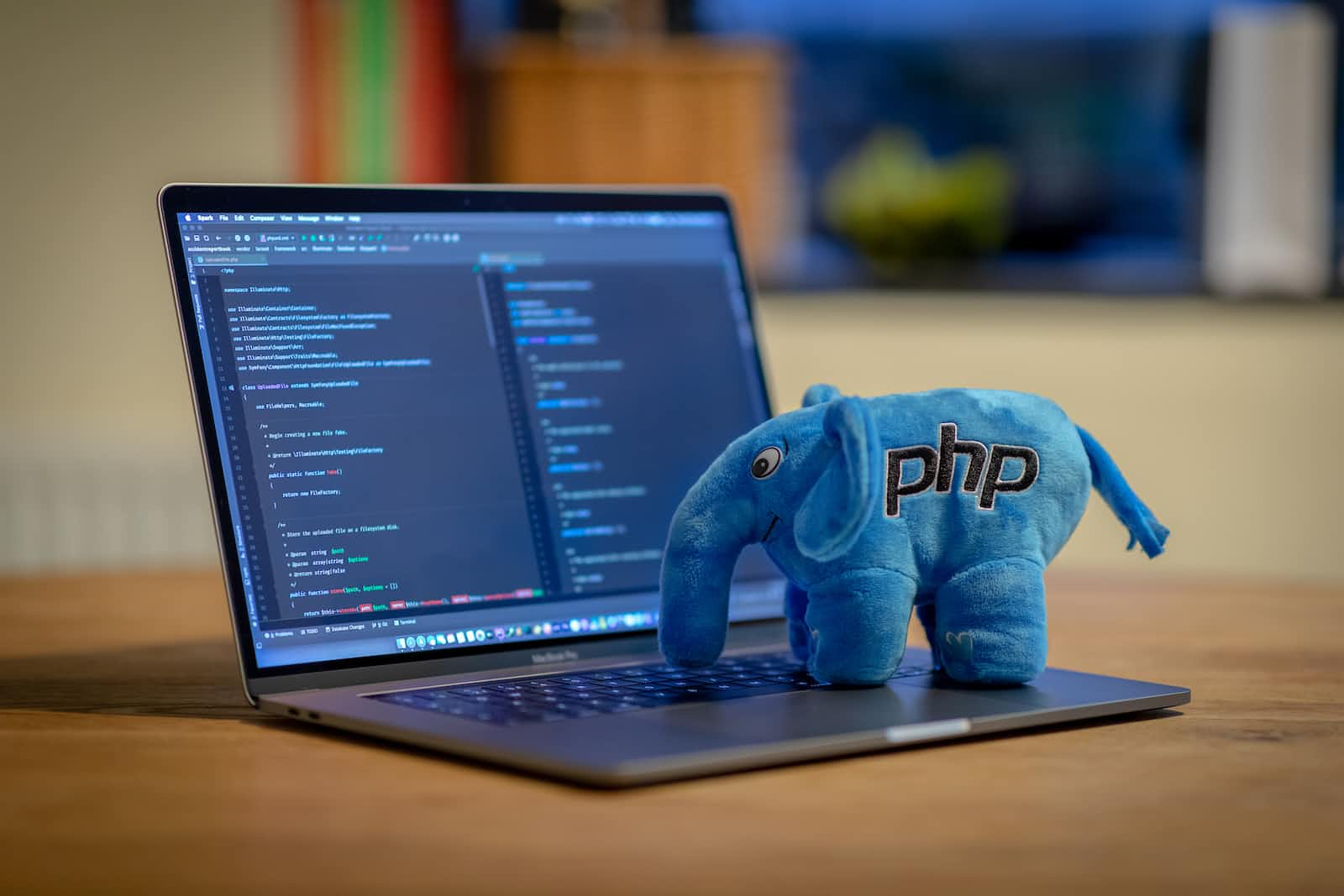Server-side processing using php-fpm
 Melvin C Varghese (melvincv)
Melvin C Varghese (melvincv)
PHP is a popular scripting language that is often used to create dynamic web pages. However, PHP can be resource-intensive, especially on high-traffic websites. This is where NGINX and php-fpm come in.
NGINX is a high-performance web server that can handle a lot of traffic. php-fpm is a PHP FastCGI implementation that can offload the processing of PHP scripts from NGINX. This can improve performance and reduce the load on the web server.
To use NGINX and php-fpm to process PHP scripts, you need to configure both servers.
Install NGINX and php-fpm
Here is the command to install both nginx and php-fpm on Ubuntu or Debian:
sudo apt install nginx php-fpm
Check if php-fpm is running
sudo systemctl list-units | grep php
Configuring NGINX
To configure NGINX to use php-fpm, you need to add the following lines to your nginx.conf file:
location / {
fastcgi_pass unix:/var/run/php-fpm.sock;
}
This tells NGINX to pass all requests for PHP scripts to the php-fpm socket at /var/run/php-fpm.sock.
Configuring php-fpm
To configure php-fpm to listen on the Unix socket, you need to add the following lines to your php-fpm.conf file:
listen = /var/run/php-fpm.sock
This tells php-fpm to listen on the Unix socket at /var/run/php-fpm.sock.
Once you have configured NGINX and php-fpm, you need to restart both servers.
To restart NGINX, you can run the following command:
sudo service nginx restart
To restart php-fpm, you can run the following command:
sudo service php-fpm restart
Once both servers are restarted, you can test your configuration by creating a simple PHP script and accessing it through your web browser.
The following is a simple PHP script that you can use to test your configuration:
<?php
echo "Hello, world!";
?>
Save this file as index.php in the root directory of your web server. Then, access it through your web browser by going to the following URL:
" http://localhost/index.php "
If you see the message "Hello, world!", then your configuration is working correctly.
Using NGINX and php-fpm together can improve the performance of your PHP applications by offloading the processing of PHP scripts from the web server. This can be especially beneficial for high-traffic websites.
Server Block with PHP processing
Look for these config:
index directive, index.php
location block
fastcgi is a protocol for transferring binary data
- include
/etc/nginx/fastcgi.conf
- include
pass to a UNIX socket, a file that listens for binary data.
server {
listen 80;
server_name 167.99.93.26;
root /sites/demo;
index index.php index.html;
location / {
try_files $uri $uri/ =404;
}
location ~\.php$ {
# Pass php requests to the php-fpm service (fastcgi)
include fastcgi.conf;
fastcgi_pass unix:/run/php/php7.1-fpm.sock;
}
}
Testing and Troubleshooting
You may test the PHP processing by loading a PHP info file:
echo '<?php phpinfo(); ?>' > info.php
Open the file in the browser using http://URL/info.php
502 Bad Gateway
First, check the error logs:
tail -n 1 /var/log/nginx/error.log
Error: Permission denied while connecting to php-fpm socket.
Check the user with which the NGINX process and the php-fpm process runs:
ps aux | grep nginx
ps aux | grep php
See that the nginx and php-fpm processes run as the same user.
Add the user directive to the NGINX config to match the user of the php-fpm process:
user www-data;
Reload NGINX and check again.
Additional resources
How to Configure PHP-FPM with NGINX: https://www.digitalocean.com/community/tutorials/php-fpm-nginx
How to Setup PHP on Nginx with FastCGI (PHP-FPM) example: https://www.theserverside.com/blog/Coffee-Talk-Java-News-Stories-and-Opinions/Nginx-PHP-FPM-config-example)
Subscribe to my newsletter
Read articles from Melvin C Varghese (melvincv) directly inside your inbox. Subscribe to the newsletter, and don't miss out.
Written by

Melvin C Varghese (melvincv)
Melvin C Varghese (melvincv)
I am a DevOps Consultant. 3 years experience with Cloud technologies. 9 years total IT experience in the Linux, Networking and Data Visualization domains. Love listening to music and playing older PC games.